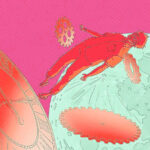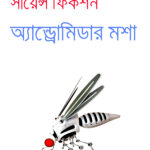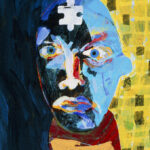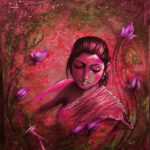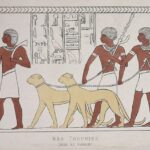Magic realism is a literary genre that has been gaining popularity over the years. But what is magic realism, and why is it such an intriguing genre? In this article, we’ll explore the meaning of magic realism, its origins, and some of its notable characteristics.
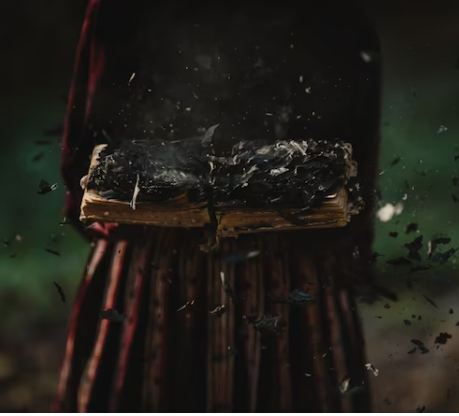
What is magic realism?
Magic realism is a literary genre that combines elements of fantasy and myth with reality. It originated in Latin America in the 1940s and is often associated with the works of writers such as Gabriel Garcia Marquez, Isabel Allende, and Jorge Luis Borges.
The genre portrays magical or supernatural events in a realistic and believable manner, blurring the line between the real and the fantastic. The stories often take place in everyday settings and involve ordinary people, but with elements of the magical or surreal added to them.
Magic realism has been gaining popularity in recent years. While it has been around for decades, the term itself was only coined in the mid-twentieth century, and it has been used to describe a wide range of artistic expressions, from novels and short stories to films and visual art. In this article, we’ll explore the concept of magic realism, what it is, and what makes it unique.
Origins of magic realism
The term “magic realism” was first used by German art critic Franz Roh in the 1920s to describe a style of painting that combined realistic elements with fantastical or dreamlike elements. The term was later applied to literature, particularly the works of Latin American writers in the 1940s and 1950s.
Characteristics of magic realism
Magic realism is characterized by its vivid imagery, metaphorical language, and use of symbolic or allegorical elements. The genre often deals with themes such as identity, memory, love, death, and spirituality, and often serves as a critique of social, political, or cultural issues.
One of the key features of magic realism is the way it blends the real and the fantastic. In magic realist works, magical or surreal events are presented as a normal part of everyday life.
Magic realism often involves a sense of ambiguity or uncertainty. The supernatural elements in these stories are never fully explained, leaving the reader to draw their conclusions about what is happening. This creates a sense of mystery and intrigue, drawing readers in and keeping them engaged.
Examples of Magic Realism in Literature
One of the most famous examples of magic realism in literature is Gabriel Garcia Marquez’s “One Hundred Years of Solitude.” The novel tells the story of the Buendia family over several generations, weaving together elements of fantasy and reality to create a rich and complex narrative. The book is full of symbolism and metaphor, and the magical elements are often left unexplained, creating a sense of mystery and wonder.
Another example is Isabel Allende’s “The House of the Spirits.” Like “One Hundred Years of Solitude,” the novel tells the story of a family over several generations, blending elements of the supernatural with the realistic. The book is full of symbolism and metaphor, and the magical elements are often left open to interpretation.
In conclusion, magic realism is a literary genre that combines realistic narrative techniques with supernatural elements, creating a sense of wonder and mystery in the reader. It is characterized by its blending of the mundane with the fantastical, often blurring the line between reality and imagination.





